Introduction

Arepas and pupusas are iconic Latin American treats that have become increasingly popular across the globe, but while they may appear similar, they each have their own unique characteristics and cultural significance. In this culinary clash, we will explore the differences between pupusas and arepas in terms of their ingredients, preparation methods, taste profiles, and cultural impact. So get ready to feast your eyes and taste buds as we delve into the world of these delicious Latin American delicacies.
What are Pupusas and Arepas?
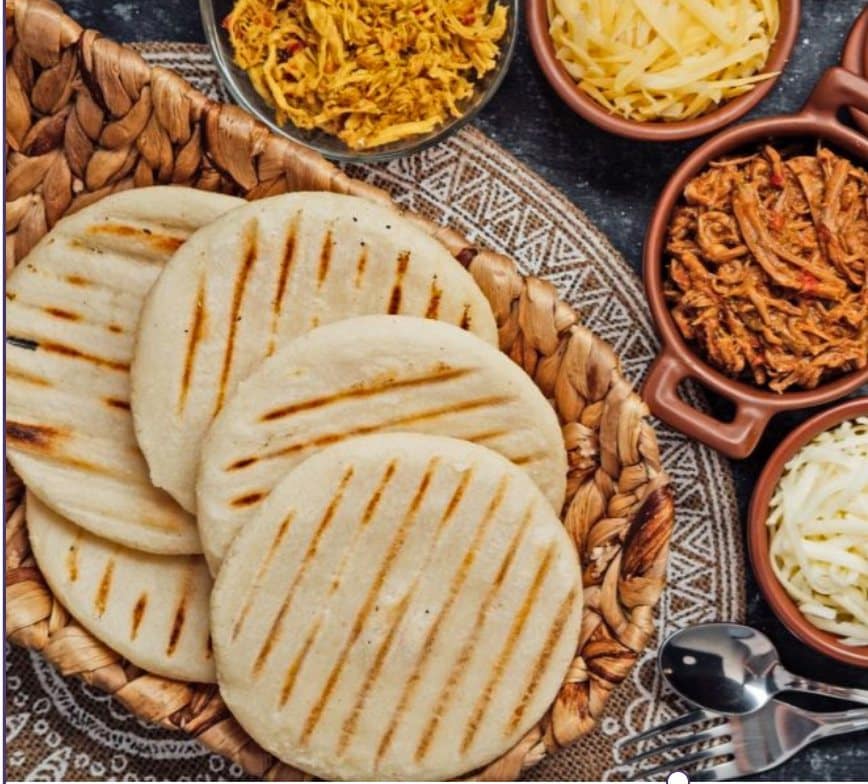
Pupusas and arepas are popular Latin American treats with distinct characteristics. Pupusas are made with masa harina and are larger and flatter than arepas. They are typically filled with cheese, beans, or meat and served with curtido, a tangy cabbage slaw. On the other hand, arepas are made with masarepa and have a thicker and fluffier texture. They are often split and filled with a variety of ingredients such as cheese, meat, or avocado. Each of these treats has its own unique flavors and cultural significance.
History and cultural significance
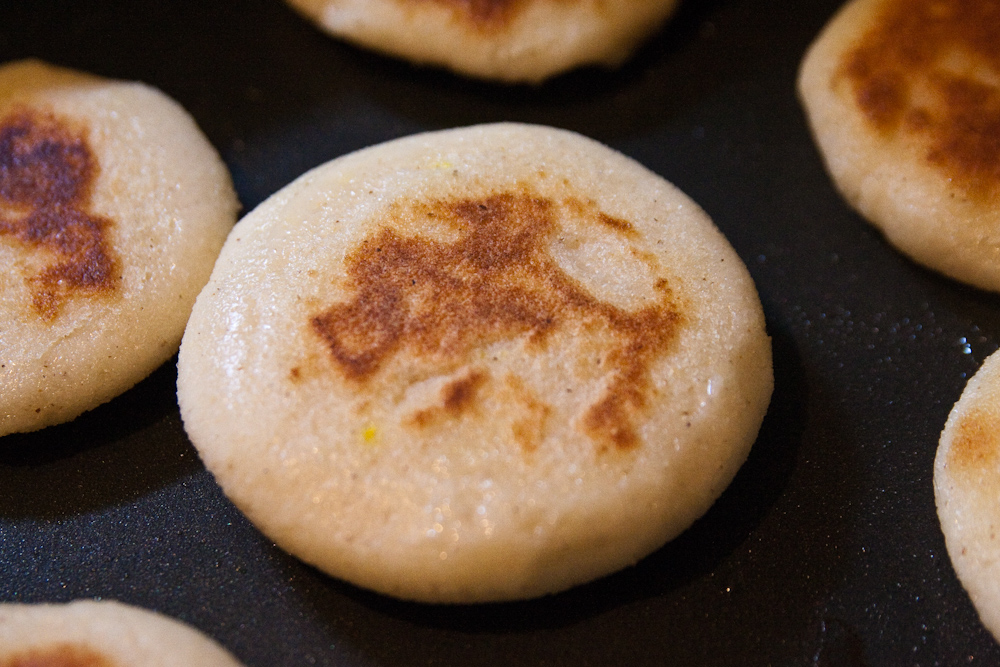
Pupusas and arepas have a rich history and cultural significance in Latin American cuisine. Pupusas originated in El Salvador and are considered the national dish. They have been a staple in Salvadoran cuisine for centuries, with indigenous roots dating back to the Mayans. Arepas, on the other hand, are a traditional food in Venezuela and Colombia. They have been enjoyed for generations and are a symbol of national pride. Both pupusas and arepas hold deep cultural significance, representing the traditions, flavors, and culinary heritage of their respective countries.
Pupusas

Pupusas
Pupusas are a traditional dish from El Salvador, made with masa harina, a type of cornmeal. To make pupusas, the masa dough is formed into a thick tortilla and stuffed with various fillings like cheese, beans, or meat. The pupusas are then cooked on a griddle until they become golden and crispy on the outside. Once cooked, pupusas are often served with curtido, a tangy cabbage slaw, and tomato salsa. They are delicious and comforting, making them a beloved street food and a popular choice for breakfast or lunch in El Salvador.
Ingredients and traditional fillings

Pupusas typically consist of masa harina, a type of cornmeal, mixed with water and sometimes other ingredients like oil or salt. The dough is then formed into a thick tortilla and filled with traditional ingredients such as cheese, refried beans, or seasoned meat. These fillings add flavor and texture to the pupusas, creating a satisfying and hearty dish. The combinations of fillings can vary, allowing for endless possibilities and personalization. Once filled, the pupusas are cooked on a griddle until they are crispy on the outside and the fillings are melted or cooked through.
Cooking methods and variations
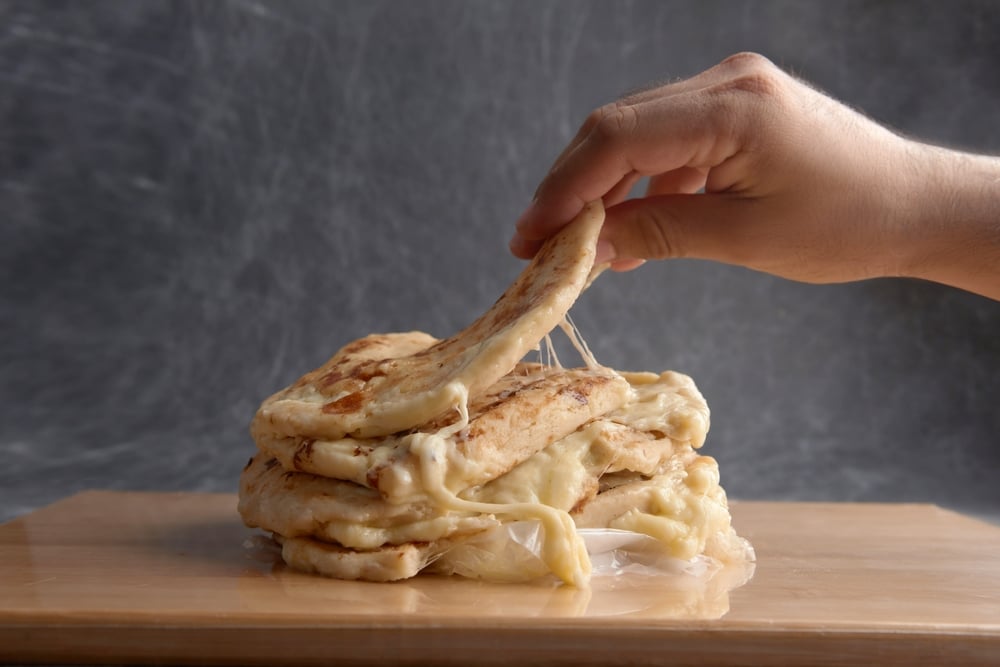
Cooking methods and variations for pupusas involve heating a griddle or flat pan and cooking the filled masa patties on both sides until they are crispy and golden brown. The variations come in the fillings, where you can choose from options like cheese, refried beans, seasoned meat, or even combinations of these ingredients. Some people also like to add vegetables or salsa on top of the cooked pupusas for added flavor. These cooking variations allow for creativity and customization, making pupusas a versatile and delicious dish.
Arepas

Arepas
Arepas are a staple in Venezuelan and Colombian cuisine. They are made from masa harina, a type of cornmeal, and are typically thicker and smaller in size compared to pupusas. The masa harina is mixed with water and salt to form a dough, which is then shaped into disks and cooked on a griddle or skillet. Arepas can be split open and filled with a variety of ingredients such as cheese, shredded meat, beans, or avocado. They are often enjoyed with traditional accompaniments like salsa, guacamole, or sour cream.
Ingredients and regional variations

Ingredients and regional variations play a significant role in the flavors and textures of arepas. While the base ingredient is masa harina, the fillings and toppings can vary greatly depending on the region. In Venezuela, popular fillings include shredded beef, black beans, and cheese. In Colombia, arepas are often topped with hogao, a savory tomato and onion sauce. Regional variations may also include ingredients like avocado, chicken, or chorizo. These diverse combinations of ingredients give each arepa a unique and delicious flavor profile that represents the culinary traditions of the specific region.
Arepa preparation and serving styles

Arepa preparation and serving styles vary depending on the region and personal preferences. To prepare an arepa, mix masa harina with water and salt to form a dough, then shape it into thick discs. Cook the discs on a griddle or skillet until golden brown and crispy. Arepas can be split open and filled with various ingredients like meat, cheese, avocado, or beans. Some prefer to serve arepas as a side dish or as a base for other toppings like shredded beef or chicken. Experiment with different fillings and serving styles to discover your favorite way to enjoy this delicious dish.
Taste Test Comparison
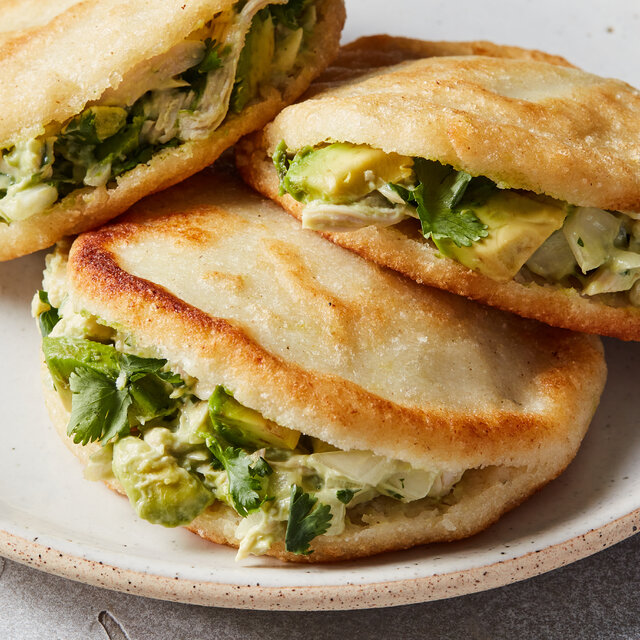
Taste Test Comparison
When comparing pupusas and arepas, one of the key factors to consider is their flavor profiles. Pupusas are known for their rich and savory taste, often filled with ingredients like cheese, beans, and meat. The combination of the crispy exterior and the gooey filling creates a satisfying mouthful of flavors.
On the other hand, arepas have a milder taste with a hint of sweetness, thanks to the corn flour used in their dough. They can be enjoyed plain or filled with various ingredients, offering a versatile dining experience. Some enjoy the contrast of arepas with salty fillings such as cheese or meat, while others prefer the sweetness of ingredients like avocado or plantains.
Ultimately, the taste preference between pupusas and arepas boils down to personal preference. Both dishes offer a unique and delicious experience that showcases the diversity of Latin American cuisine.
Flavor profiles of Pupusas and Arepas

When it comes to flavor profiles, pupusas are known for their rich and savory taste, filled with ingredients like cheese, beans, and meat. Arepas, on the other hand, have a milder taste with a hint of sweetness, thanks to the corn flour used in their dough. They can be enjoyed plain or filled with various ingredients, offering a versatile dining experience. Overall, the taste preference between pupusas and arepas comes down to personal preference and the desired flavor profile.
Texture and filling preferences
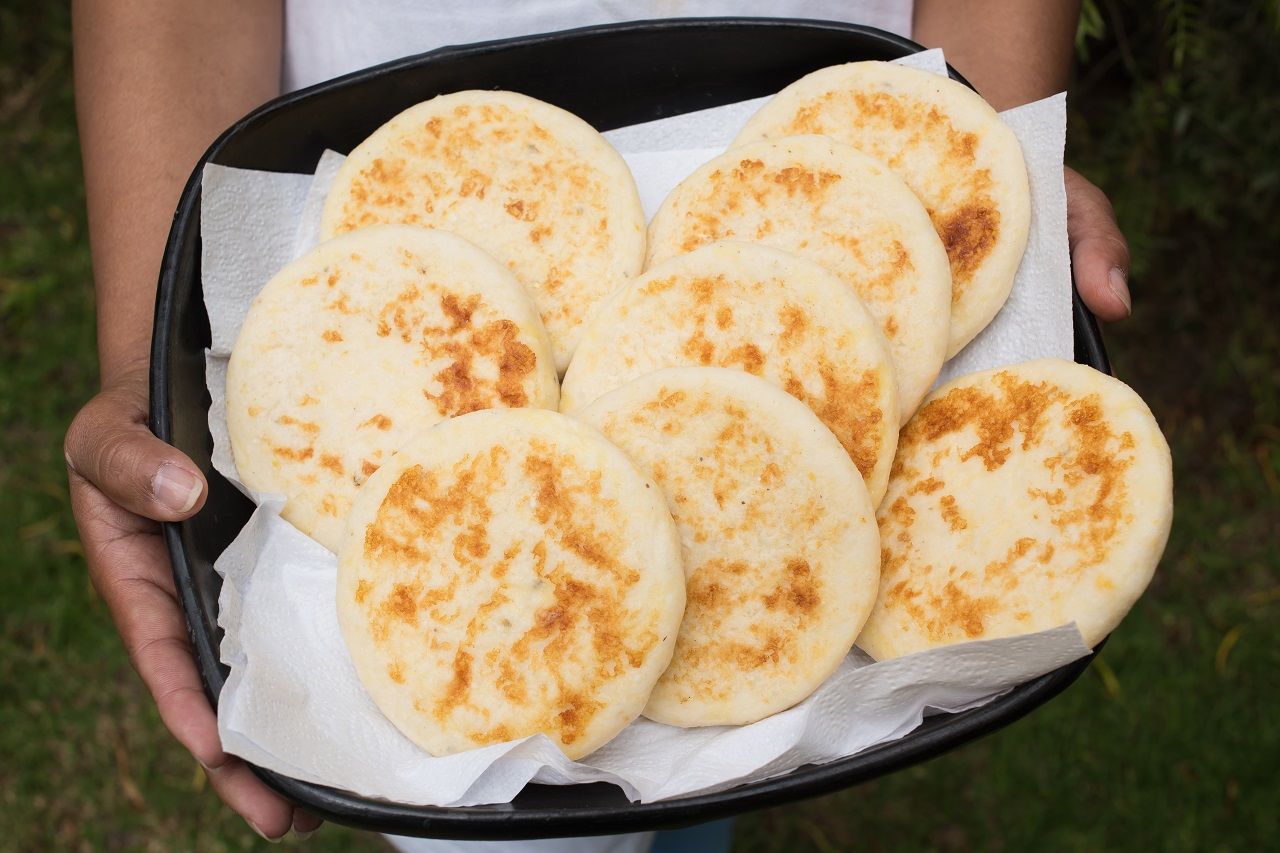
When it comes to texture, pupusas have a thick and soft corn dough exterior with a slight crispiness on the outside, while arepas have a thicker and denser consistency throughout. In terms of fillings, pupusas offer a wide variety of options including cheese, beans, and meat, allowing for different flavor combinations. Arepas, on the other hand, can be filled with ingredients like cheese, avocado, and shredded meat, providing a customizable experience. Ultimately, the choice between pupusas and arepas comes down to personal preferences in terms of texture and filling combinations.
Cultural Significance

Cultural significance is a key aspect of both pupusas and arepas, as these dishes hold deep cultural and historical importance for the countries they originate from. Pupusas hold a special place in Salvadoran culture, symbolizing national identity and heritage. In El Salvador, pupusas are often enjoyed during social gatherings and celebrations, representing communal bonds and traditions. Arepas, on the other hand, are a staple in Colombian and Venezuelan cuisine and are often considered a national dish. They reflect the diverse culinary heritage of these countries and are closely tied to their cultural and culinary identity. Both pupusas and arepas evoke a sense of pride and connection to their respective cultures, making them more than just a delicious meal.
Pupusas and Arepas in local cuisine
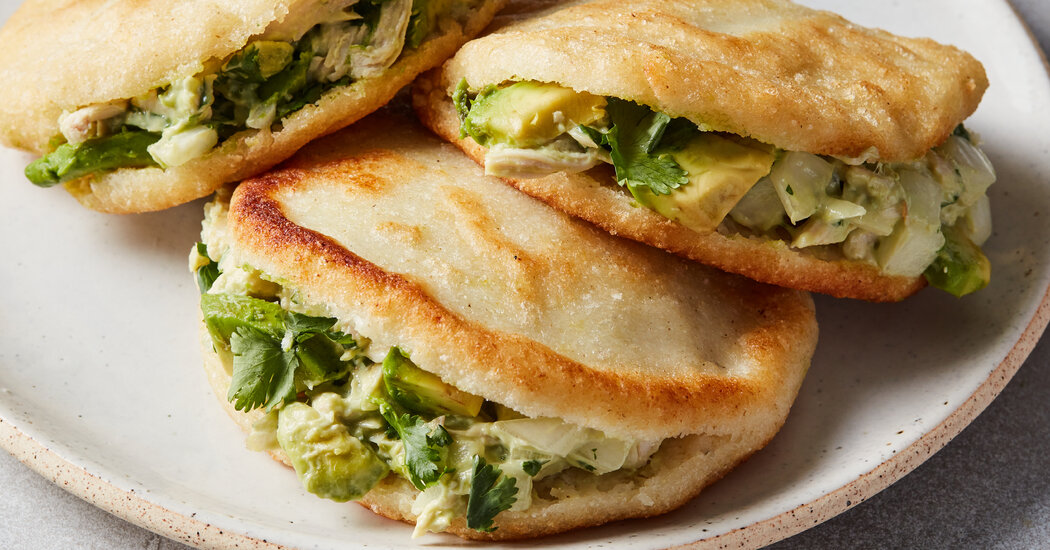
Pupusas and arepas have a significant presence in the local cuisines of their respective countries. In El Salvador, pupusas are a beloved comfort food, often enjoyed with a side of curtido (a pickled cabbage slaw) and tomato sauce. They can be found in street stalls, food markets, and traditional restaurants across the country. Similarly, arepas are a staple in Colombian and Venezuelan cuisine, with numerous variations and fillings. They are commonly found in street food carts, areperias (arepa shops), and restaurants, and are enjoyed throughout the day as a quick and satisfying meal.
Impact on respective cultures
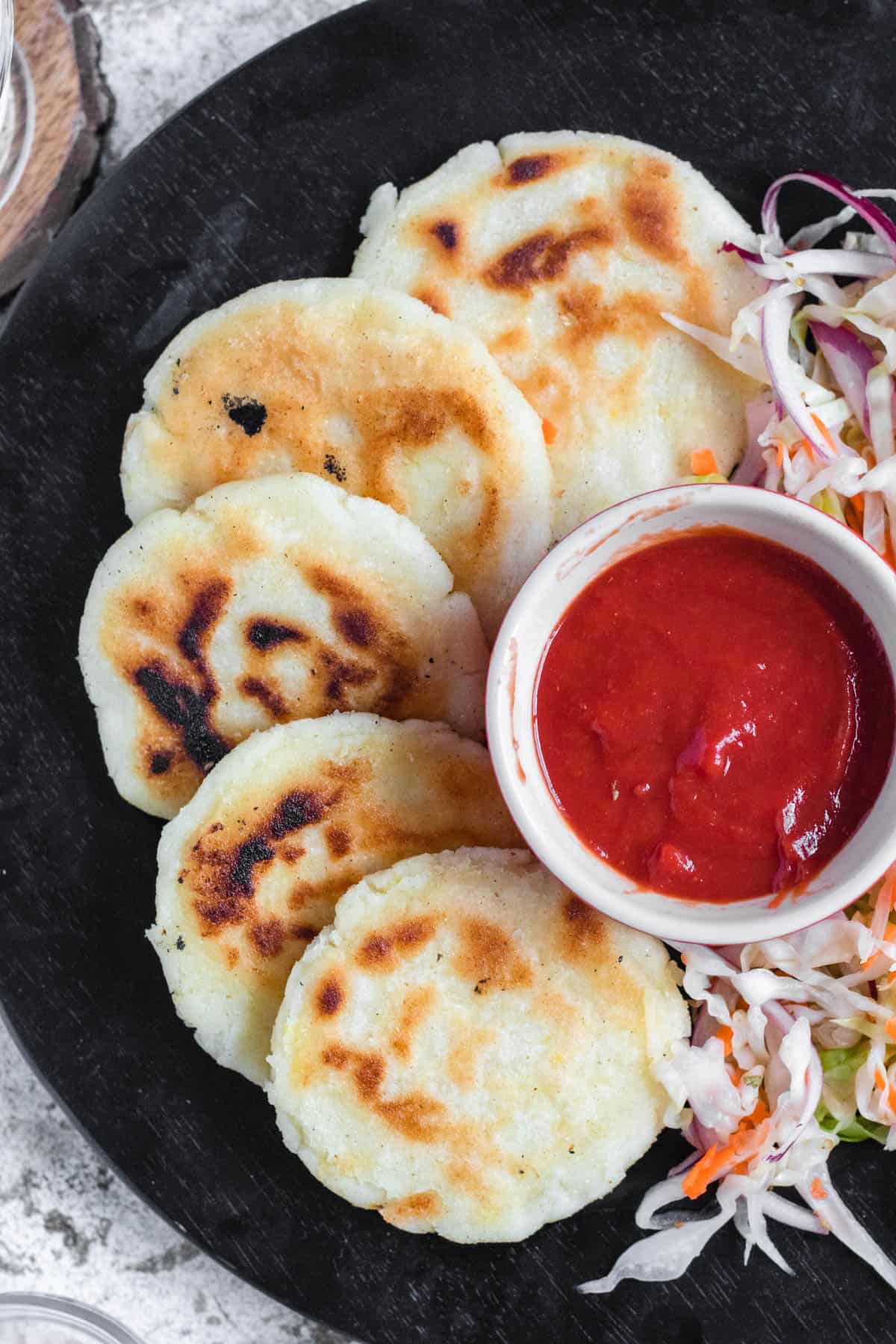
Pupusas and arepas have a significant impact on their respective cultures. In El Salvador, pupusas are considered a national dish and are deeply ingrained in the country's culinary identity. They are not just food, but a symbol of Salvadoran culture and heritage. Similarly, arepas hold cultural significance in Colombia and Venezuela, representing the traditions and flavors of these nations. These delicious dishes are more than just meals; they bring people together, create a sense of community, and celebrate the rich culinary heritage of Latin America. Whether enjoyed at home, at street stalls, or in restaurants, pupusas and arepas play a vital role in preserving and showcasing the unique cultures they come from.
Conclusion

In conclusion, pupusas and arepas are distinct and delicious corn cakes with unique flavors, textures, and cultural significance in Latin American cuisine. Pupusas, originating from El Salvador, are filled with various ingredients and often enjoyed with curtido and salsa. On the other hand, arepas are more like bread and can be filled with a wide variety of ingredients, depending on the region. Both these dishes offer a delightful culinary experience and are worth exploring for anyone interested in Latin American cuisine.
Summary of differences between Pupusas and Arepas

Pupusas and arepas have distinct differences that set them apart. Pupusas are made with masa harina and filled with various ingredients, while arepas are made with masarepa and can be filled with a wide range of ingredients. Pupusas are thicker and smaller in size, while arepas are flatter and larger. Additionally, pupusas are often enjoyed with curtido, while arepas can be served with various toppings. Understanding these differences will help you appreciate and enjoy both of these delicious Latin American corn cakes.
Personal preferences and recommendations
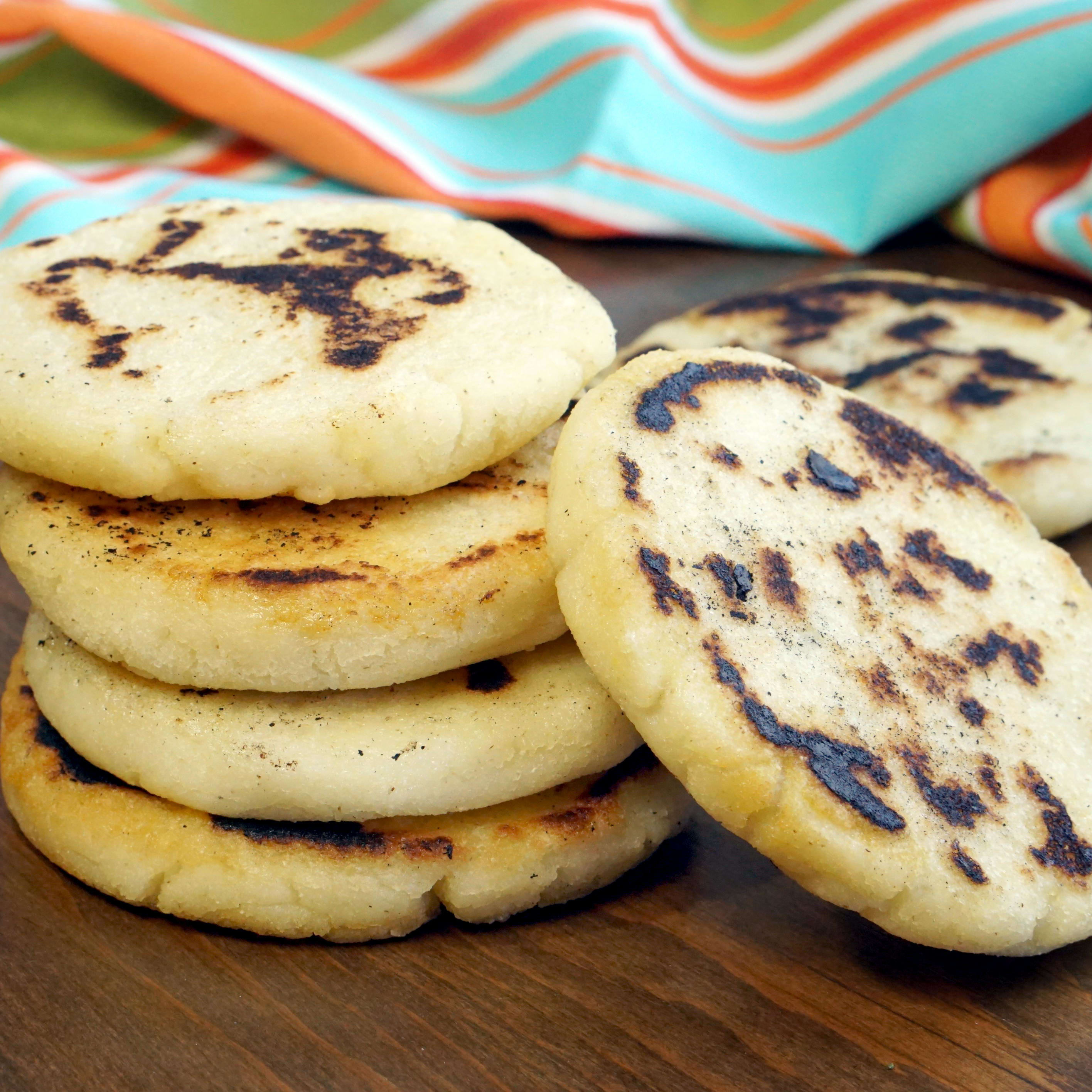
When it comes to personal preferences and recommendations for pupusas and arepas, it's all about experimenting with different fillings and toppings to find your favorite flavors. Some popular choices include cheese, beans, meat, and vegetables. Additionally, don't be afraid to try different sauces and salsas to enhance the taste. Whether you prefer the thick and stuffed pupusas or the flatter and crispy arepas, the key is to enjoy them with your desired combination of ingredients. So, get creative and have fun exploring the delicious world of pupusas and arepas!
DK FAQ MARK
FAQ about Culinary Clash: Pupusas vs Arepas
Q: What are pupusas and arepas?
A: Pupusas are traditional Salvadoran dish made of thick, handmade corn tortilla filled with a variety of ingredients such as cheese, beans, or meat. Arepas, on the other hand, are a staple in Colombian and Venezuelan cuisines, made of ground maize dough or cooked flour and are often split to be filled with various ingredients like cheese, avocado, or meats.
Q: What are the main differences between pupusas and arepas?
A: Pupusas are thicker and more doughy compared to arepas, which have a crispier outer layer. While pupusas are typically filled before cooking, arepas are cooked first and then split open to add fillings. Additionally, pupusas are more common in El Salvador, whereas arepas are more popular in Colombia and Venezuela.
Q: How are pupusas and arepas served?
A: Pupusas are often served with curtido, a lightly fermented cabbage slaw, and tomato salsa. Arepas are commonly topped or filled with various ingredients such as shredded beef, chicken, avocado, and cheese. Both dishes can be enjoyed on their own or as part of a larger meal.
Q: Are pupusas and arepas gluten-free?
A: Pupusas are usually gluten-free as they are made with corn masa. Arepas can be gluten-free depending on the type of flour or maize used in the preparation. It's important to check the ingredients if you have gluten sensitivities.
Q: Which dish is more popular worldwide, pupusas, or arepas?
A: Arepas are generally more well-known internationally due to their presence in Colombian and Venezuelan cuisines. However, both pupusas and arepas have gained popularity in recent years as people have become more interested in exploring diverse and traditional foods.

The Finer Diner has a rich history deeply rooted in the Mt. Oliver and Hilltop community. Our journey began with a simple yet ambitious vision – to create a welcoming space where friends and families could come together to enjoy delicious, comforting meals in a classic diner-style setting. Since our establishment, we have been dedicated to serving food, creating lasting memories, and fostering a sense of belonging within our community. Our commitment to quality, authenticity, and exceptional service has been the cornerstone of our success.